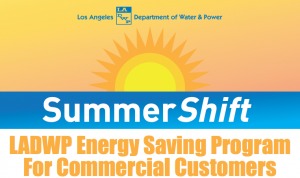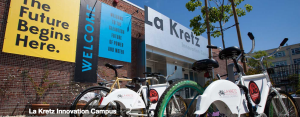GREEN BUILDING TOURS
Green Building tours are one of Greenbuild’s most popular and exciting features, providing the opportunity to explore green buildings ranging from government facilities to zoo exhibits. This year in Los Angeles, Greenbuild tours will help attendees learn outside the convention center walls and present the best of the area’s sustainable buildings and neighborhoods.
The Greenbuild Tours Program is developed by the Greenbuild 2016 Host Committee, USGBC-LA.

About Greenbuild International
Conference & Expo – Oct. 5-7, 2016
Greenbuild Expo Greenbuild is the world’s largest conference and expo dedicated to green building. The ideals and passion of the green building community come alive at Greenbuild. The buzz is contagious.
Greenbuild brings together industry leaders, experts and frontline professionals dedicated to sustainable building in their everyday work, and a unique energy is sparked. Participants are invigorated. Inspired. They find themselves equipped to return to their jobs with a renewed passion and purpose.


 “With the
“With the  As early as April of this year, speculation was being widely reported that Los Angeles may suffer
As early as April of this year, speculation was being widely reported that Los Angeles may suffer 
 The community interest has been very strong and positive serving an estimated 40,000 visitors per year! It is the first exposure many have had to the USGBC, LEED Certification, and many of new technologies that might motivate students to pursue careers in the industry.
The community interest has been very strong and positive serving an estimated 40,000 visitors per year! It is the first exposure many have had to the USGBC, LEED Certification, and many of new technologies that might motivate students to pursue careers in the industry. BuildSMART is supported by a Community Partner Grant funded by the Los Angeles Department of Water & Power. A
BuildSMART is supported by a Community Partner Grant funded by the Los Angeles Department of Water & Power. A  When
When 